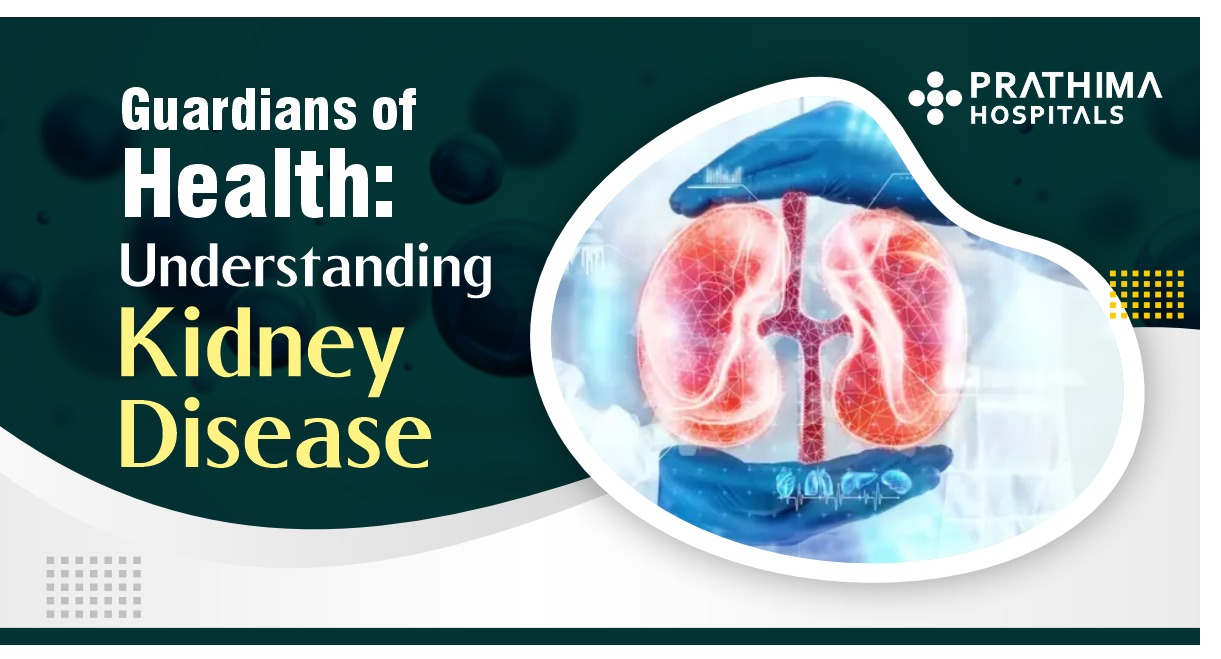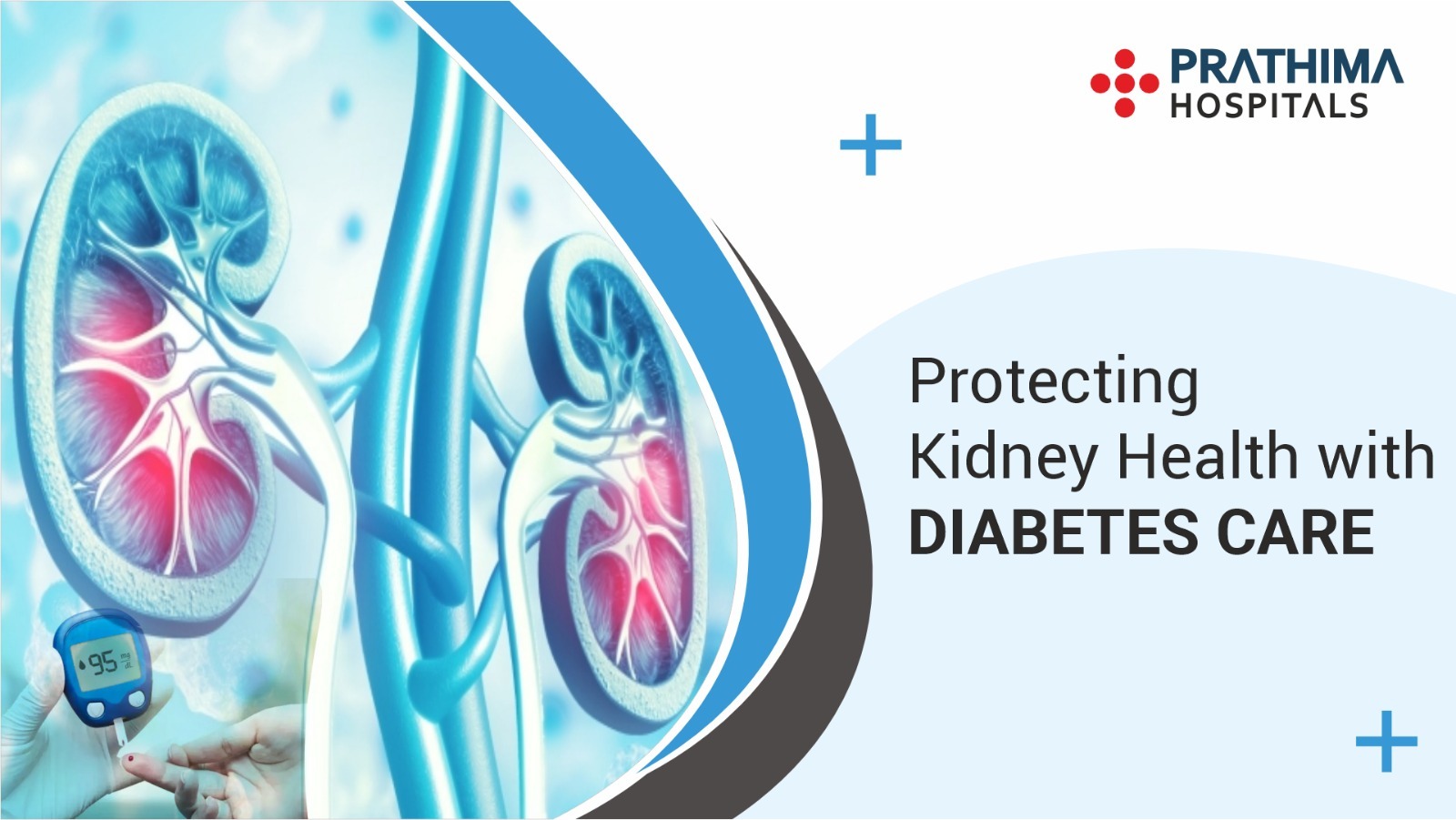How an Echo Cardiogram and Electrocardiogram differ from one another (ECG vs ECHO) and its importance!

Major Differences between ECG and ECHO You Should Know!
Introduction:
Heart diseases have become increasingly common, with millions of people around the world experiencing some form of cardiovascular condition. To diagnose and treat such conditions, medical professionals often rely on tests such as echocardiograms and electrocardiograms. While these tests are both related to the heart, they serve different purposes and provide distinct information about the patient’s health. In this article, we will explore the difference between an echocardiogram and an electrocardiogram and know more about the best cardiology hospital in Hyderabad, visit Prathima Hospitals.
What is an Echocardiogram?
An echocardiogram is a medical test that uses sound waves to create a visual representation of the heart’s structure and function. It is a non-invasive procedure, which means it does not require any incision or insertion of instruments into the body. During the test, a technician applies a gel-like substance to the patient’s chest and places a transducer, which emits high-frequency sound waves, over the chest. These waves penetrate the chest and bounce back when they encounter the heart, creating a moving image of the heart on a screen.
An echocardiogram can help doctors diagnose various heart conditions, such as heart failure, valve problems, and congenital heart defects. The test can also measure the ejection fraction, which is the amount of blood pumped out of the heart during each heartbeat to know more information visit the best cardiologist in Kukatpally, Prathima Hospitals.
What is an Electrocardiogram?
An electrocardiogram, or EKG, is another test used to diagnose heart conditions by a cardiologist in kukatpally. Unlike an echocardiogram, an EKG measures the heart’s electrical activity rather than its physical structure. The test records the electrical signals that travel through the heart, which are then displayed on a graph.
During an EKG, small electrodes are attached to the patient’s chest, arms, and legs. These electrodes detect the electrical impulses generated by the heart and transmit them to a machine that records the signals. The graph generated by the EKG shows the heart’s rhythm, rate, and strength of electrical signals.
An EKG can help diagnose various heart conditions, such as arrhythmias, heart attacks, and abnormalities in the heart’s electrical conduction system.
Difference between an Echocardiogram and an Electrocardiogram
While both an echocardiogram and an electrocardiogram are used to diagnose heart conditions, they provide different types of information. An echocardiogram provides a visual representation of the heart’s physical structure and function, while an EKG records the heart’s electrical activity.
Another key difference is that an echocardiogram is a more detailed test and can provide information on the heart’s blood flow and valve function. It can also be used to assess the thickness of the heart’s walls and the size of the heart’s chambers. In contrast, an EKG provides information on the heart’s electrical activity, such as the rhythm and rate of the heartbeats. To know more on these details visit cardiology hospital in kachiguda, Prathima Hospitals.
When to Use an Echocardiogram vs. an Electrocardiogram
The decision to use an echocardiogram or an EKG depends on the patient’s symptoms and medical history.
An echocardiogram is typically used to diagnose heart conditions such as heart failure, valve problems, and congenital heart defects. It is also used to assess the heart’s function and blood flow.
In contrast, an EKG is used to diagnose heart conditions such as arrhythmias, heart attacks, and abnormalities in the heart’s electrical conduction system. An EKG is also used to monitor the effects of medications on the heart and to assess the heart’s response to treatment.
It is worth noting that while an EKG can be used as a screening tool for heart disease, it may not always detect all heart conditions. In some cases, an echocardiogram may be required to confirm the diagnosis.
IMPORTANCE
Echocardiograms and electrocardiograms are both important diagnostic tools that help healthcare providers assess and monitor heart health. These tests provide critical information that is used to diagnose and manage a wide range of heart conditions.
The importance of echocardiograms and electrocardiograms lies in their ability to detect heart conditions early on, allowing for prompt and effective treatment said by heart specialist in kukatpally. For example, an echocardiogram can detect heart defects in infants before they develop symptoms, allowing for early intervention and treatment. An EKG can detect heart abnormalities that may increase the risk of heart attack or stroke, enabling doctors to take preventative measures to reduce the risk of these conditions.
Negative Impacts
However, like any medical procedure, there are potential side effects associated with both echocardiograms and electrocardiograms. These side effects are typically minor and rare but may include:
- Skin irritation: The electrodes used in an EKG can cause minor skin irritation, especially in patients with sensitive skin.
- Discomfort or pain: Some patients may experience discomfort or pain during an echocardiogram, particularly if they have an underlying condition that makes lying still uncomfortable.
- Allergic reaction: Some patients may have an allergic reaction to the gel used in an echocardiogram or the adhesive used to attach the electrodes in an EKG.
- False-positive results: In some cases, an EKG or echocardiogram may produce a false-positive result, indicating a heart condition that is not actually present. This can cause unnecessary anxiety and lead to further testing that may not be needed.
It is important for patients to discuss any potential side effects or concerns with their healthcare provider before undergoing an echocardiogram or electrocardiogram. Overall, the benefits of these tests far outweigh the potential risks, and they are an essential tool for maintaining good heart health.
Conclusion:
Both echocardiograms and electrocardiograms are important tools used to diagnose and monitor various heart conditions. While an echocardiogram provides a visual representation of the heart’s physical structure and function, an EKG records the heart’s electrical activity. The decision to use one test over the other depends on the patient’s symptoms and medical history, as each test provides different types of information. It is important for patients to work with their healthcare provider to determine the best course of action for their individual needs. Regular testing and monitoring of heart health is essential to maintaining a healthy heart and preventing the onset of heart disease.





